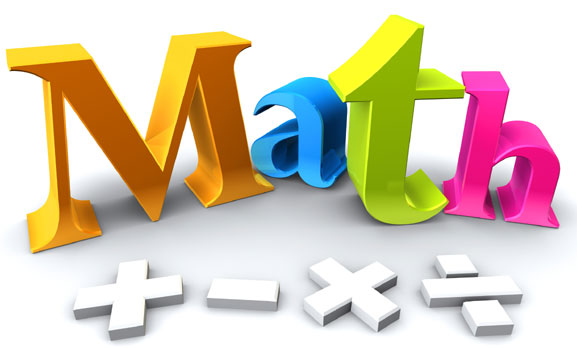Like all of the other parts of our day, Math is a place where learning is differentiated. Throughout the lesson and within individual student tasks and small group work, instruction is catered to each child’s learning style and understanding of the concepts being taught. Students are given access to the concepts being taught through the use of various teaching strategies, questioning techniques, hands on activities, and various assessment tools and strategies designed to meet the child where they are in their understanding and push them ahead in their learning.
Students have their own workbooks, extension pages, math centers, and technology as an outlet for more practice beyond the lesson itself. The practice each child needs in the classroom will differ from one child to the next.
We will begin each unit with an assessment of various kinds to get an idea of what children know and understand about our upcoming unit. At the end of each unit, a summative assessment is given to determine what children know and understand after the unit is taught. This information will be reflected on report cards.
Please look for a “Home Connection” newsletter just before each unit is taught. This will outline the concepts and skills we will be working on and what you can do to help your child throughout the unit.
Below are the units we will be diving into in first grade. We will skip the units on Weight and Ordinal Numbers and Position as we integrate them into our time in Morning Meeting and various other teachable moments such as lining up, comparing group sizes, during science lessons, etc.
Unit 1: Numbers to 10
- Counting to 10
- Comparing numbers
- Making number patterns
Unit 2: Number Bonds
- Making number bonds
Unit 3: Addition Facts to 10
- Ways to add
- Making addition stories
- Read-World Problems: Addition
Unit 4: Subtraction Facts to 10
- Ways to subtract
- Making subtraction stories
- Real-world problems: Subtraction
- Making fact families
Unit 5: Shapes and Patterns
- Exploring Plane Shapes
- Exploring Solid Shapes
- Making Pictures and Models with Shapes
- Seeing Shapes Around Us
- Making Patterns with Plane Shapes
- Making Patterns with Solid Shapes
Unit 7: Numbers to 20
- Counting to 20
- Place value
- Comparing, Ordering, and Patterns
Unit 8: Addition and Subtraction to 20
- Ways to add
- Ways to subtract
- Real-world problems: Addition and subtraction
Unit 9: Length
- Comparing two things
- Comparing more than two things
- Using a starting line
- Measuring things
- Finding lengths in units
Unit 11: Picture Graphs and Bar Graphs
- Simple picture graphs
- More picture graphs
- Tally chart and bar graphs
Unit 12: Numbers to 40
- Counting to 40
- Place value
- Comparing, ordering, and patterns
Unit 13: Addition and Subtraction to 40
- Addition without regrouping
- Addition with regrouping
- Subtraction without regrouping
- Subtraction with regrouping
- Adding three numbers
- Real-World problems; Addition and Subtraction
Unit 15: Calendar and Time
- Using a calendar
- Telling time to the hour
- Telling time to the half hour
Unit 16: Numbers to 100
- Counting to 100
- Place value
- Comparing, ordering, and patterns
Unit 17: Addition and Subtraction to 100
- Addition without regrouping
- Addition with regrouping
- Subtraction without regrouping
- Subtraction with regrouping

